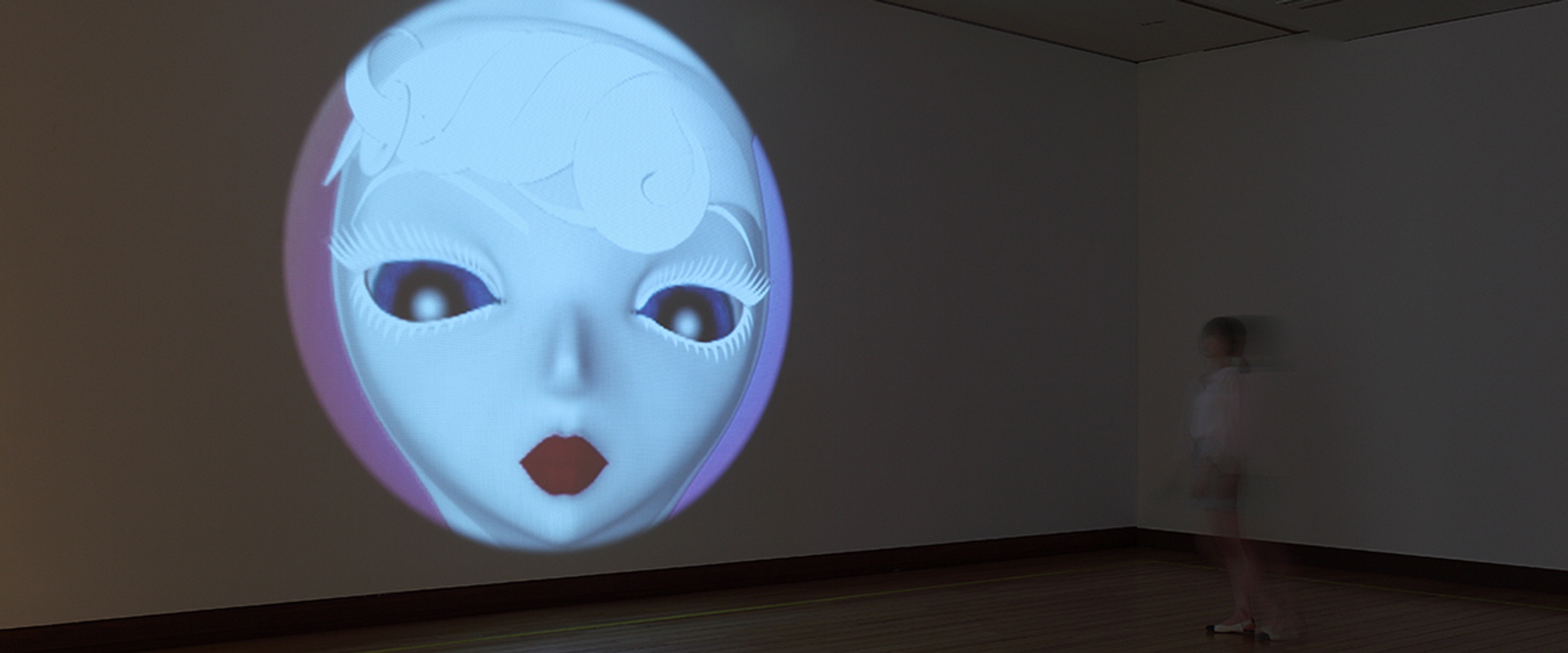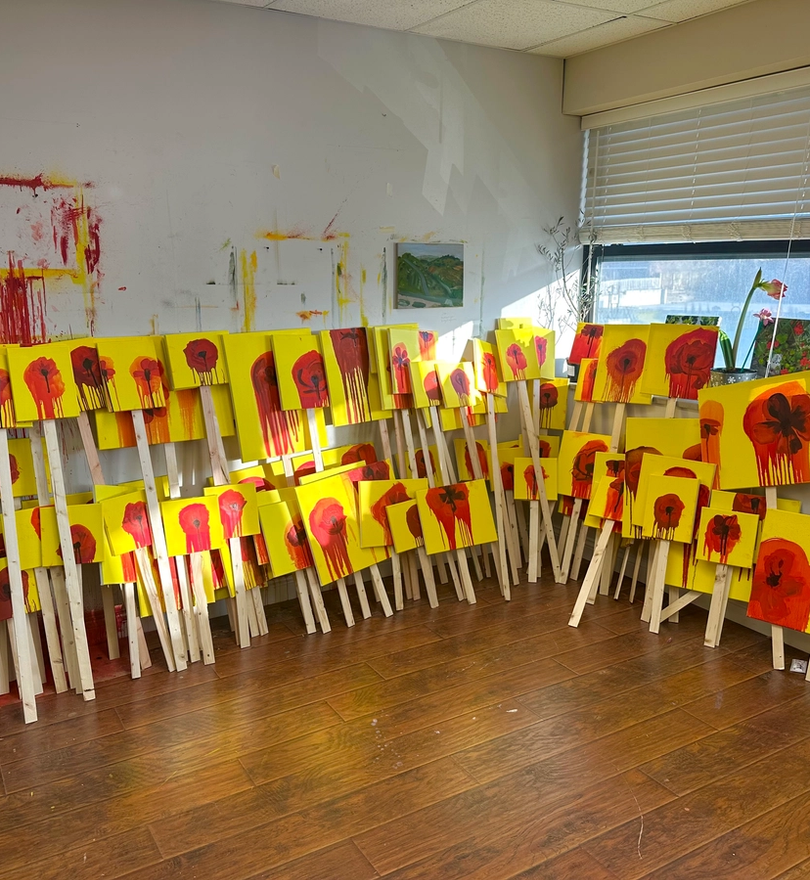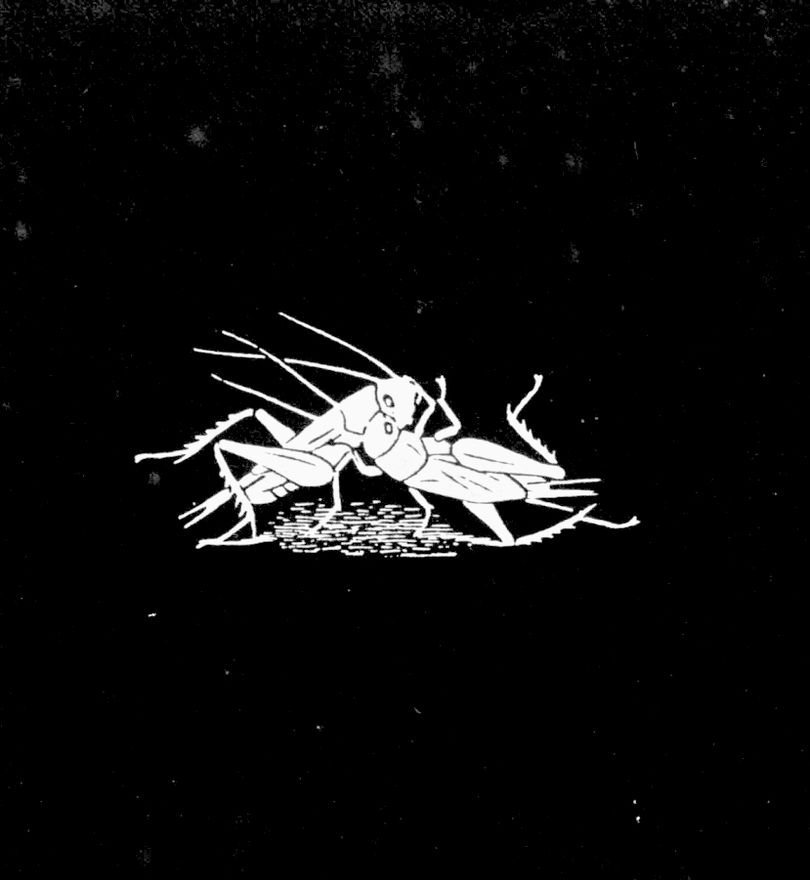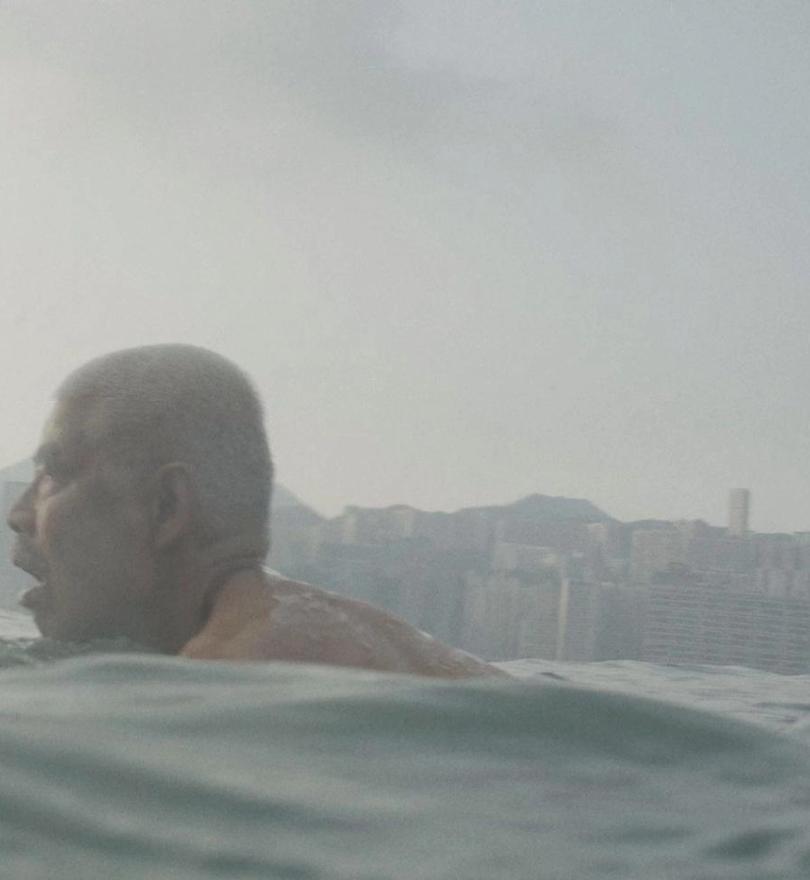Part two of a disorderly A to Z, to be continued throughout this magazine’s six-issue run.
E is for EMERGING ARTIST
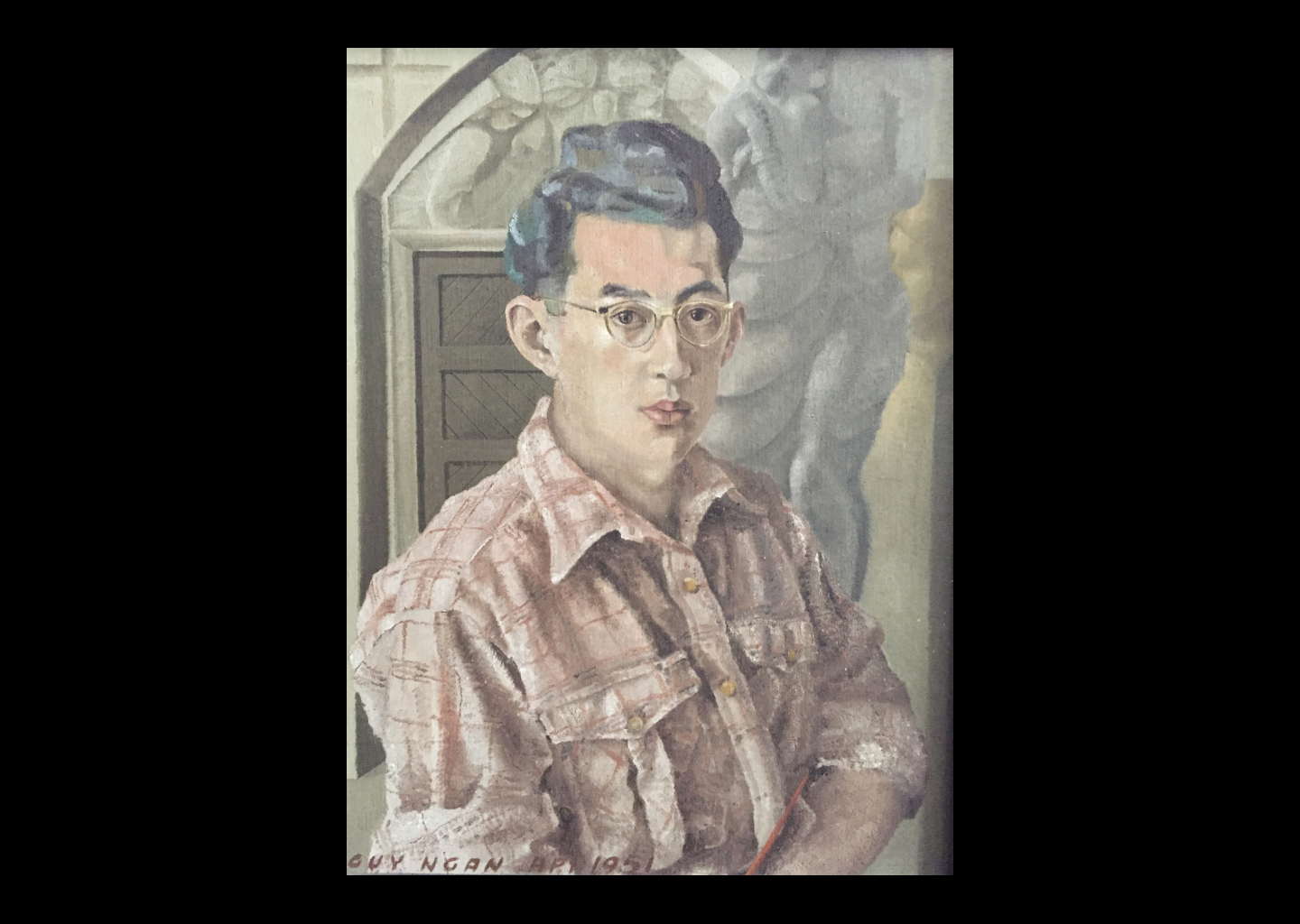
Guy Ngan, self-portrait, painted when he was in his mid-twenties, 1951
Courtesy of the Ngan family
‘Most of the students currently at art school, reading Deleuze and Foucault for the first time, sitting at desks and staring at white walls, concocting installations out of beer cans, aluminum doors and opaque shower curtains, these students, now loitering in hallways discussing post-internet art and rushing headlong into the moments of life, will in time no longer be practicing artists. Life’s tough. Get a haircut and get a real job. All the clichés come home to roost on this fact.
Does it mean they aren’t good enough? Does it mean they don’t want it enough? Does it mean they are not in fact *real* artists?
The majority – the 99% – will submerge.’
— Megan Dunn, ‘Submerging Artist’, The Pantograph Punch, 2013
Robbie Handcock and Elisabeth Pointon, from their vlog series 'Glad We Did That', 13 April 2020
‘I work on my laptop in my bedroom, so when the online art brokerage platform Artsy asks to photograph me in my studio for a “Top Emerging Artists of 2016” listicle, I lie and say that I have Emirati collector-patrons who let me live and work in their long-term rental on the RMS Queen Mary, the retired British ocean liner-turned-hotel in the port of Long Beach. I rent a suite for the day of the shoot. The photographer is very curious about my live/work situation, which unbeknownst to her, I’ve only had for two hours. I tell her my patron’s daughter Abitha is still asleep in my room, and the whole family will get upset if we disturb her, so we should just take photos of me on the deck.’
— Andrew Norman Wilson, ‘It’s Not What the World Needs Right Now’, The Baffler 73, April 2024
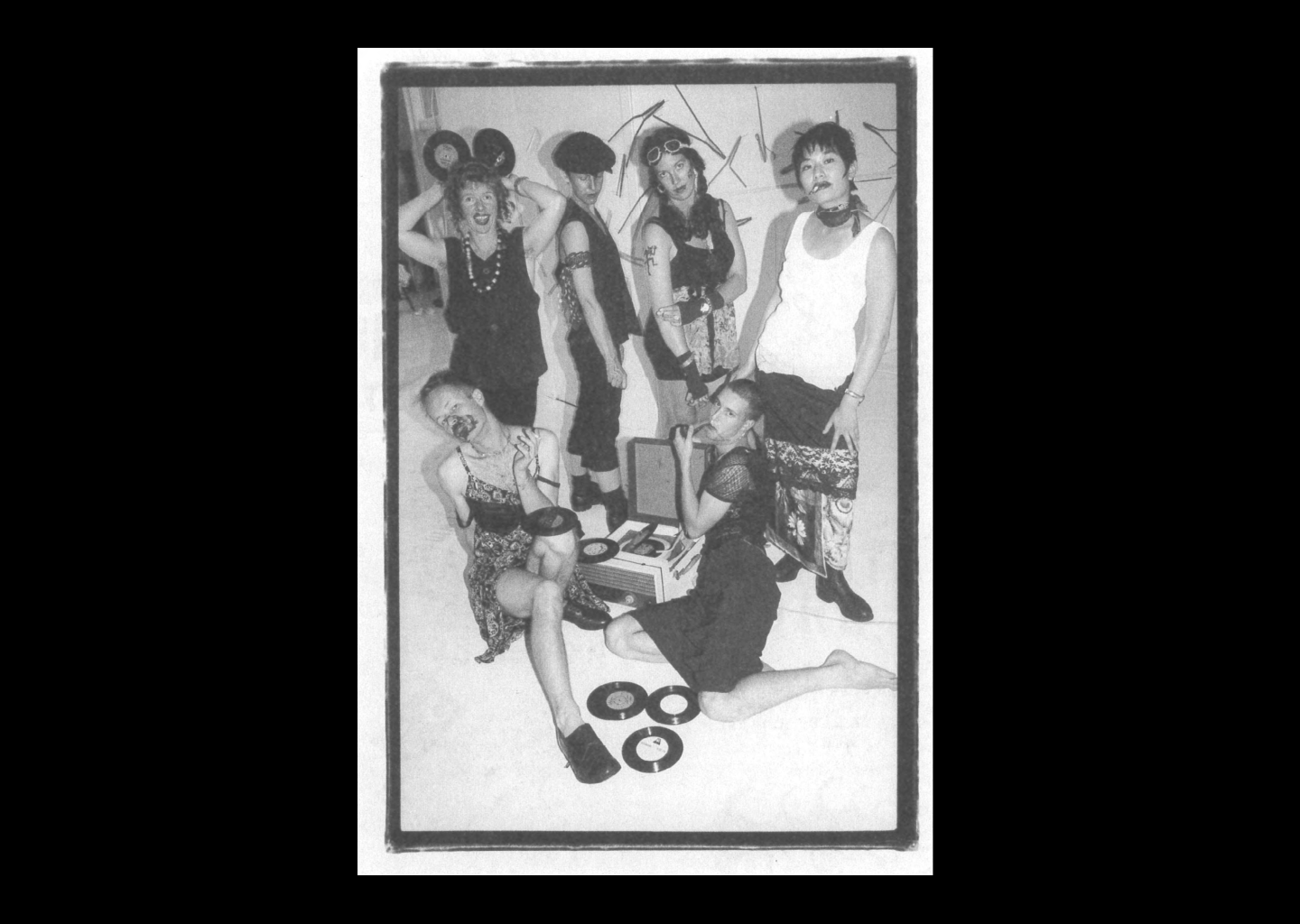
Artists from the artist-run space Teststrip pose for a photoshoot in Stamp magazine (L to R: Giovanni Intra, Judy Darragh, Merylyn Tweedie (P Mule), Kirsty Cameron, Denise Kum, Daniel Malone), 1992
F is for FETISH
‘Why the Orient seems still to suggest not only fecundity but sexual promise (and threat), untiring sensuality, unlimited desire, deep generative energies, is something on which one could speculate’
— Edward W. Said, Orientalism, Vintage Books, New York, 1979, p. 188
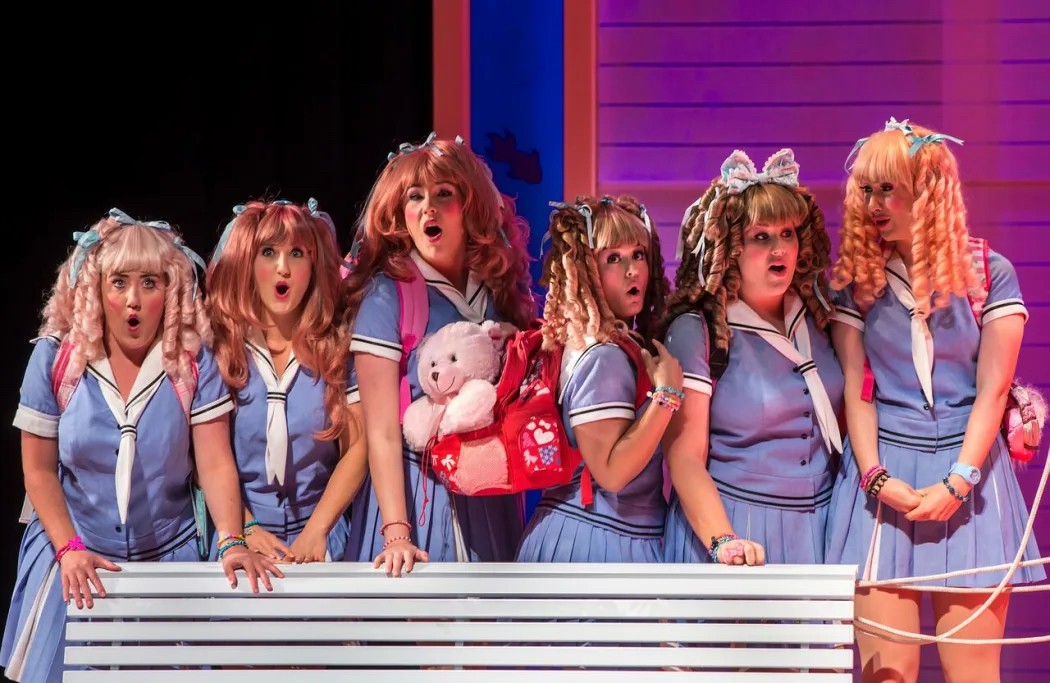
The women’s chorus in The Mikado, reimagined as Japanese schoolgirls for NZ Opera’s 2017 production of the 1885 operetta
Photo by David Rowland
‘The over-riding fear is that cultural, ethnic, and racial differences will be continually commodified and offered up as new dishes to enhance the white palate – that the Other will be eaten, consumed, and forgotten.’
— bell hooks, ‘Eating the Other: Desire and Resistance’, in Black Looks: Race and Representation, South End Press, Cambridge, 1992, p. 40
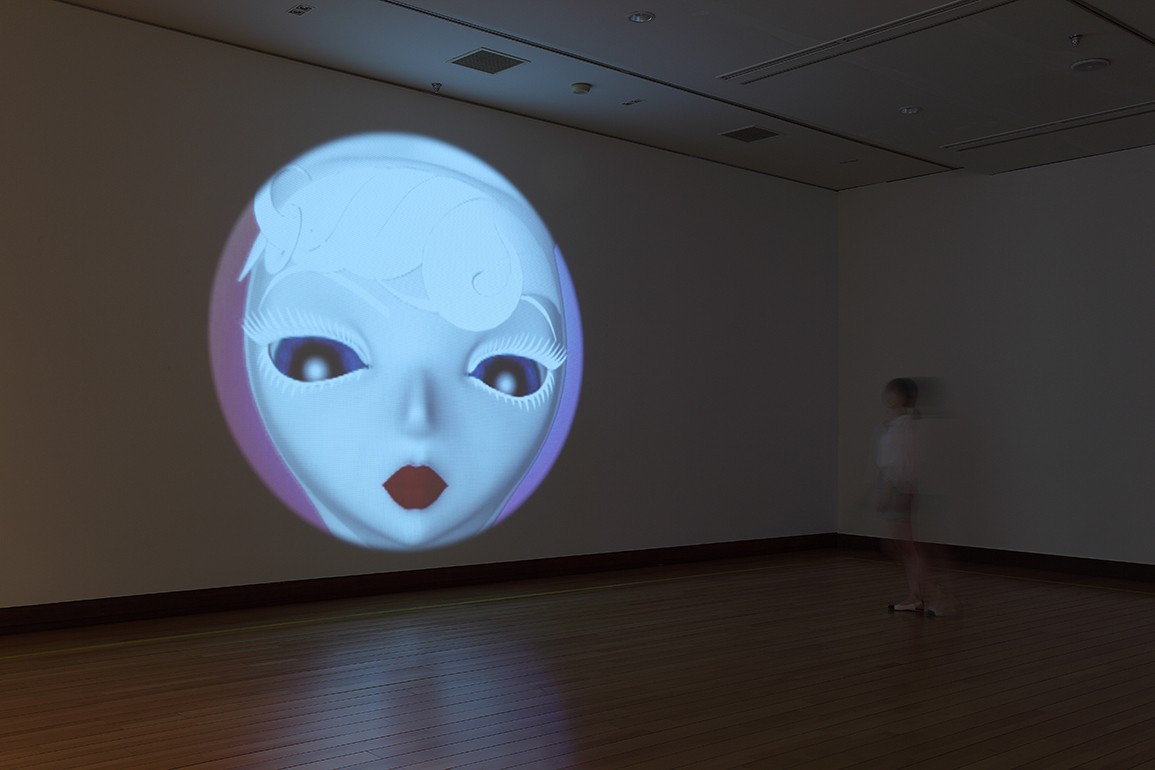
Hye Rim Lee, Lash, featuring the character of TOKI, in Time Art Impact, Minsheng Art Museum, Shanghai, 2014
‘When asked, Lee has always been clear that TOKI is not her, that she is not TOKI. TOKI is a “vehicle for fantasty, reality and identity” made within societal conditions and expectations that Lee observes and experiences.’
— Charlotte Huddleston, ‘TOKI and Shifting Identity: A Short Biography’, Art New Zealand, Winter 2021, p. 73
G is for GRANDPARENTS
‘Her grandchildren are grown and have vanished into a culture that she’ll never be able to know, coming back with tone-deaf ears that don’t understand her 土话 | unsophisticated dialect. Talking to her can feel crude and imprecise, like communicating through smoke signals.’
— Rose Lu, ‘究人店,富人店’, All Who Live on Islands, Victoria University Press, Wellington, 2019, p. 20
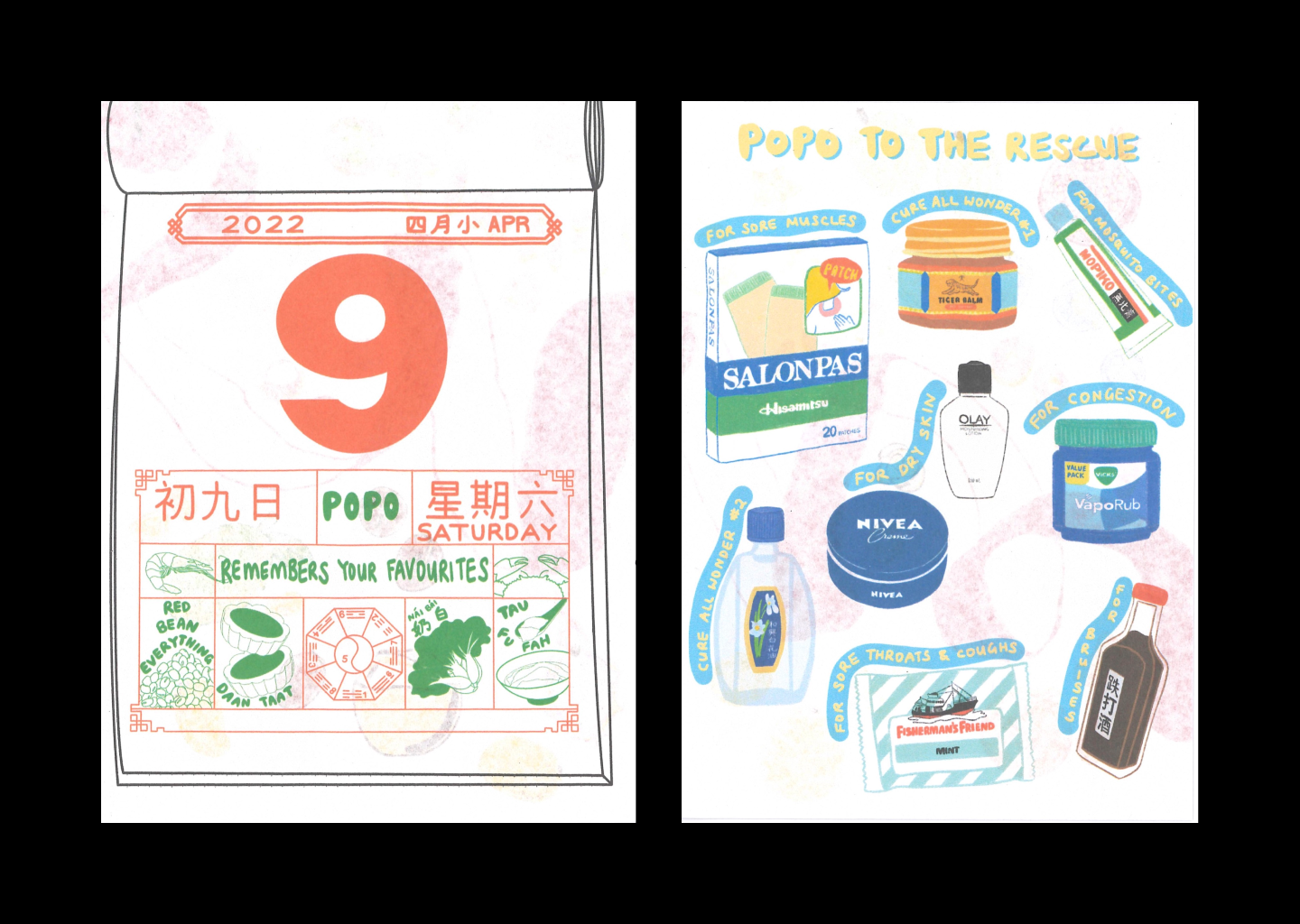
Good bad English, 婆婆 Po Po (zine excerpt), 2022
‘My grandfather makes a funny noise—something like a laugh, only it doesn’t sound at all jolly. He is unmoved by this, finds it ridiculous. He had come to Malaysia as a boy with nothing but the shirt on his back; he doesn’t understand the meaning of homesickness. My mother tries to make him understand how my sister is feeling—it’s tough, she’s all on her own, the other girls are mean. And then my grandfather says, simply: “But we’re immigrants.” As if that explains everything. As if hardship and homesickness and melancholy and longing will always be a normal part of our lives.’
— Tash Aw, ‘A Stranger at the Family Table’, The New Yorker, 2016
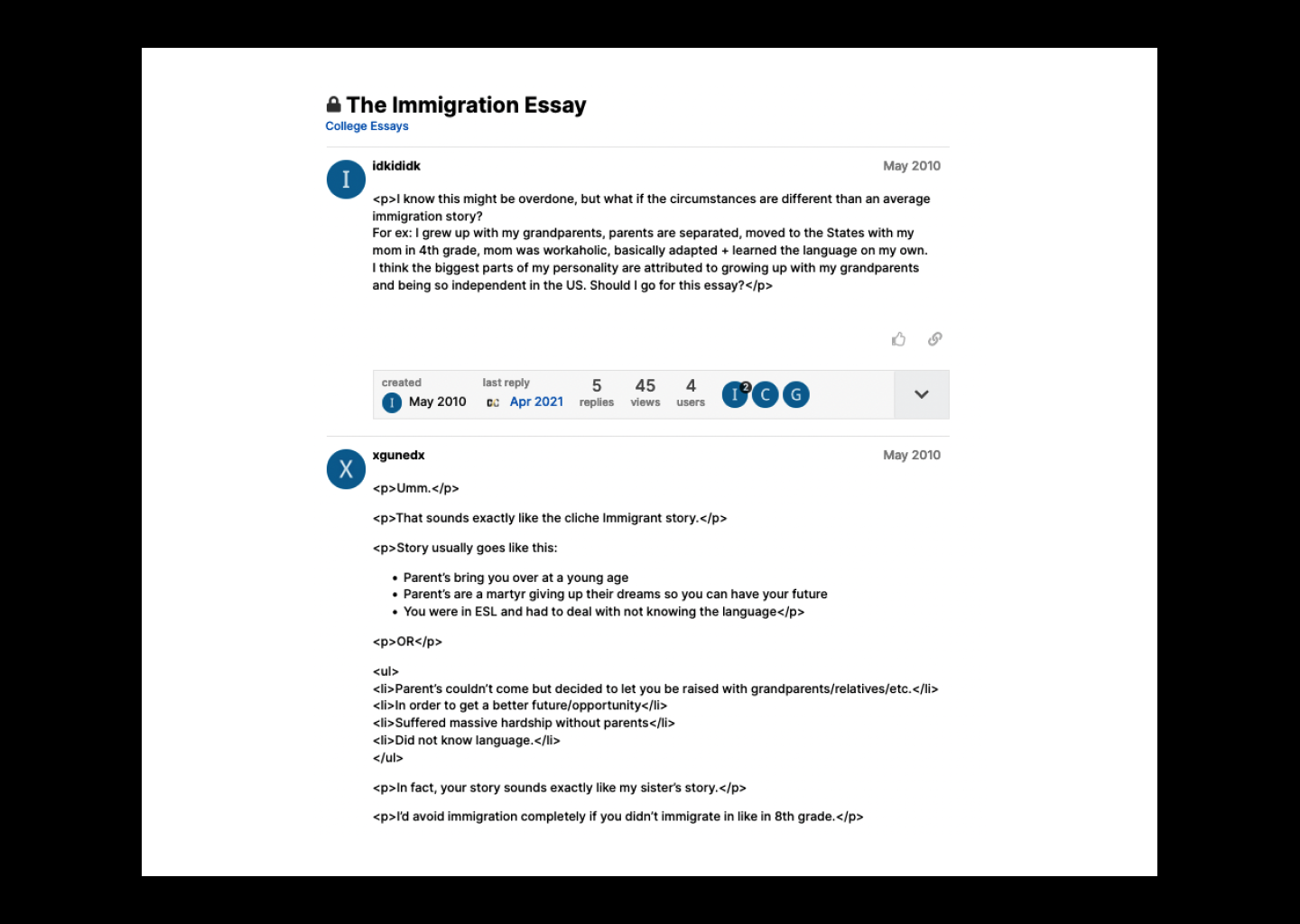
Screenshot from a College Confidential forum, seeking advice on writing a college admission essay, 2010
‘it was there that he hosted the first in a series of Sri Lankan culinary pop-ups, named Seela after his grandmother’
— romesh dissanayake, in the Satellites archive
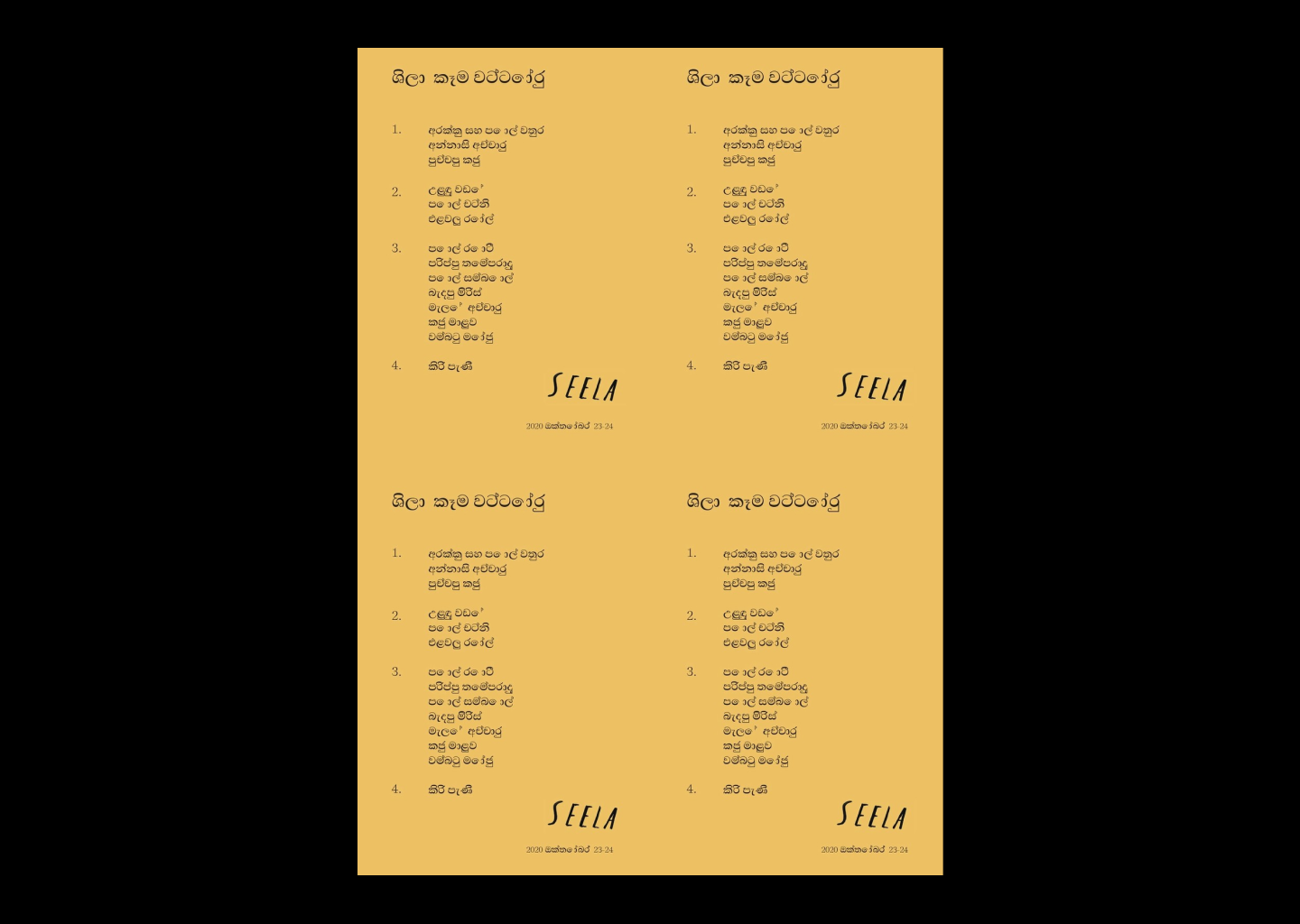
romesh dissanayake, Seela menu in Sinhalese, 2019
Design by Lily West and Sally McMath
H is for HANG-UPS
‘No one else will remember this night and what it means to me. The spotlight, with its selective amnesia, will find another face similar
to mine to bathe in adoration. The sky will regretfully inform me it has
no room for another star, that the empty expanse I see was reserved
centuries ago by people with the right names and faces.’
— Chris Tse, ‘Abandoned acceptance speech for Outstanding Achievement by a Chinese New Zealander in the Field of Excellence’, Turbine | Kapohau, 2020
I is for INTERNATIONAL STUDENT
‘NZ has become an attractive higher education destination for Chinese queer students owing to its long history of migration and established reputation of diversity. … As Martin (2018) observes in the case of Chinese female international students in Australia, studying overseas offers a “zone of suspension” from the normative life course, enabling students to re-negotiate gender, sexuality and intimacy.’
— Taylor Le Cui and Lin Song, ‘Queer Migration, Heteronormativity and the “Ethnic Closet”: Chinese Queer International Students’ Intersectional Experience in New Zealand’, European Journal of Education, January 2024
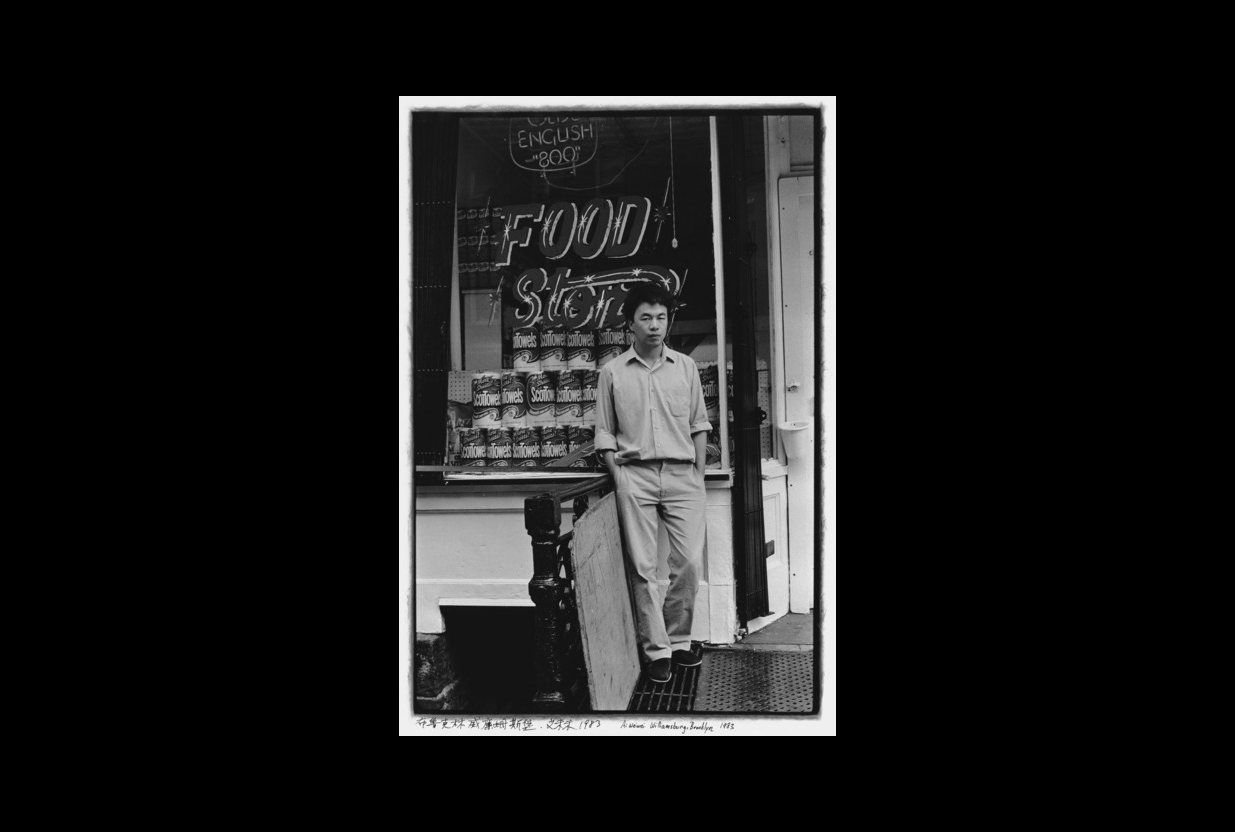
‘How often has anyone besides a university administrator or an immigration officer understood Shirin Neshat, Ai Weiwei, and Doho Suh as products of the same institutional apparatus? Each of these artists lived through, simultaneously, the politicisation of the student-protestor in Gwangju, Tiananmen, or Tehran, and the commodification of the international student led by American art schools. When we speak of the politics of art, our vocabulary for art defaults too easily to the national. The international is simply there, not a political project or product, just background information.’
— David Xu Borgonjon, ‘The International Student as a Term of Art’, Asia Art Archive, 4 June 2020

University students (Mr Xu Zhi Gao, Mr Yong Jui Chen, and Mr Chang Chun Zhen) in Christchurch staging a peaceful protest in Cathedral Square, against troops who shot student demonstrators at Tiananmen Square. The Christchurch Star, 3 June 1989
‘Kai Luey had just rebuffed a suggestion from the bright young president of the International Students Association of Unitec. Ben had suggested that International Students had been somewhat underrepresented, and could play a greater role in the next conference – perhaps even by hosting it at Unitec. Kai said, in essence, that International Students are not real New Zealanders and therefore not the NZCA’s concern. And that they could have their own conference if they wanted. I responded in a fury to this, as anyone could have expected, slamming Kai for being divisive, ungracious, and being out of touch with the importance of the transient yet permanent International Student presence in our cities – particularly the impact it has on the cultural life and cultural identity of Auckland.’
— Tze Ming Mok, ‘Banana Battle II: The Fruit Flies’, Public Address, 2005
‘It’s 2020. I’m meeting with one of my Kingston students on Microsoft Teams. The sound quality is bad, and their voice becomes distorted and robotic. Every time I talk, I’m sure I also sound like a robot. They are explaining how their anxiety has meant that they haven’t finished this week’s assignment. At one point, they stop talking, and I see tears running down their pixelated face. I suggest we meet face-to-face the following week when we’re back in the studio, forgetting that we’ll have to wear face masks and keep socially distant. After this call, I have another with an international student in Japan who has to take all their classes remotely. One of my colleagues tells me the university is charging this student the full international tuition fee. I calculate the time difference—10am in London is 6pm in Tokyo, so today’s class won’t finish until after midnight, Tokyo time.’
— Seb McLauchlan, ‘Revivals’, Counter Forms, 2023
